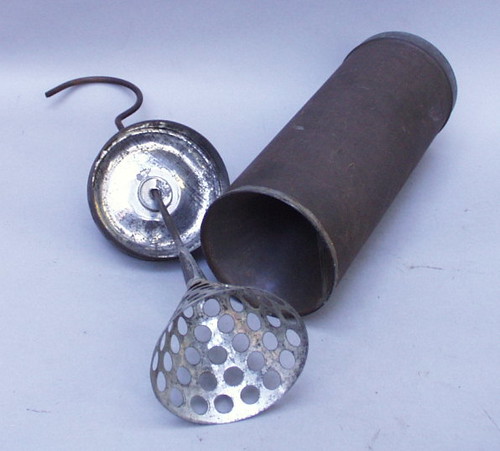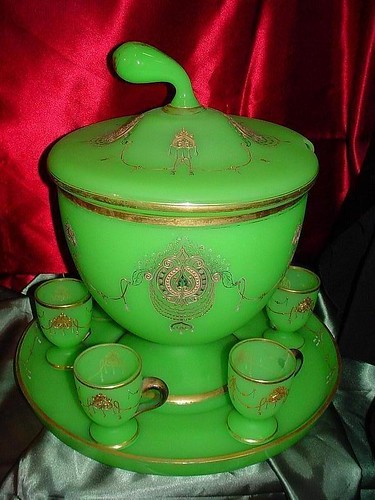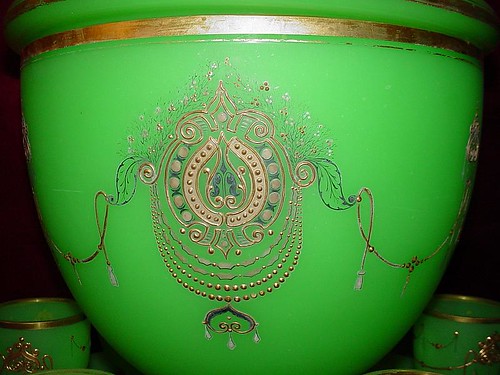Guy Kawasaki, a famous local marketing guy/evangelist, blogged about this topic on his Signum sine tinnitu website in a September 12th posting, Why Smart Companies do Dumb Things. Although I don't agree with every syllable, he does make some good points I hadn't considered before:
- Consensus: once consensus starts to build, it’s harder to alter a decision. It’s one thing to argue against a few people; it’s much more difficult to argue against the wisdom of a crowd. Individuals who hold out, question, or disagree are labeled as clueless, uncooperative, and not team players.
- Conviction: A decision takes on a sacred life of its own, and a company cannot see flaws. Conviction is not inherently bad, and truthfully, it’s an important component of success. The trick is to combine conviction with open eyes and open minds to reduce the likelihood of having a conviction in the wrong thing.
- CEO (or any top executive) who provides cues about what she likes. Then, disagreeing takes on the gravity of career risk... It could be that people, no matter how smart, rearrange reality. They do not simply follow the dumb cues of the CEO. Instead, there’s an intermediate step: they see the cues, rearrange the facts in their mind, and then conclude that the CEO is right. The result is the same, though.
- Good news. A company, any company, is constantly assaulted by its competition, customers, governments, and schmexperts (schmucks + experts). Faced with this onslaught, good news is an addictive, illegal, and dangerous drug. It makes you crave more good news, and you refuse to communicate bad news up the chain of command. Ultimately, it may even make you refuse to hear bad news at all.
- Say, believe, and act in a way that convinces employees that differences of opinion and diversity of thoughts are good things.
- Don’t be in a rush to meet consensus. In particular CEOs should not rush into a decision even though the image of decisiveness is so too seductive.
- Spell things out. It’s not enough to say, "Plug this leak in our company" and assume that it will be done legally. You should say, "Plug this leak in our company by using only legal, ethical, and reasonable methods." That’s when you’re done.
- Move the crowns. When employees go around saying, "We need to do it this way because Bill/Steve/Carly/Larry wants it this way,” you’re in trouble. It means that employees are making decisions based on what they think will make kings and queens happy—as opposed to what’s right for the customer, employees, or shareholders. Good CEOs put the crown on the heads of customers, not themselves.
- Ask for bad news. Don’t assume it will find you—you have to find it. You should allocate a time that’s specifically for communicating bad news.
- Don’t reward the messenger who brings good news unless he caused it.
One quote I don't agree with but I do get Mr. Kawasaki's intentions.
- Don’t shoot the messenger who brings the bad news unless he caused it.
I copied a lot of the article, but you may want to check it out in full and in context, Why Smart Companies do Dumb Things by Guy Kawasaki.
One of the commentors to the blog posting, Doug Karr, made and excellent point and encouraged me to check out HIS blog, On Influence and Automation.
Glad to see arrogance on your list. I believe it should lead all other items, though. Arrogance used to be only a retention issue because great sales, marketing and PR could overcome churn by replacing old customers with new. With the advent of the Internet as a research vehicle for consumers and corporations, arrogance does much more harm to companies because it outweighs sales, marketing and PR.Yep, I can think of a few companies this applies to. Mr. Karr points out that Corporate Arrogance tends to apply as soon as the organization begins to think that it knows better than its customers.
It’s interesting to me that many companies only decide that this is truly a problem when better competition comes along. At that point, they blame the mass exodus on the competition, not on their own incompetence. Some companies have huge customer churn… and rather than trying to fix the issue and show appreciation for the customer, they merely pump more dollars into acquiring customers to replace the ones who have left. They continue trying to fill the leaky bucket until nothing works - and they die.He finishes up the posting by listing recent examples of how Corporate Arrogance has sunk some companies and how other companies eventually straightened up and flew right.






